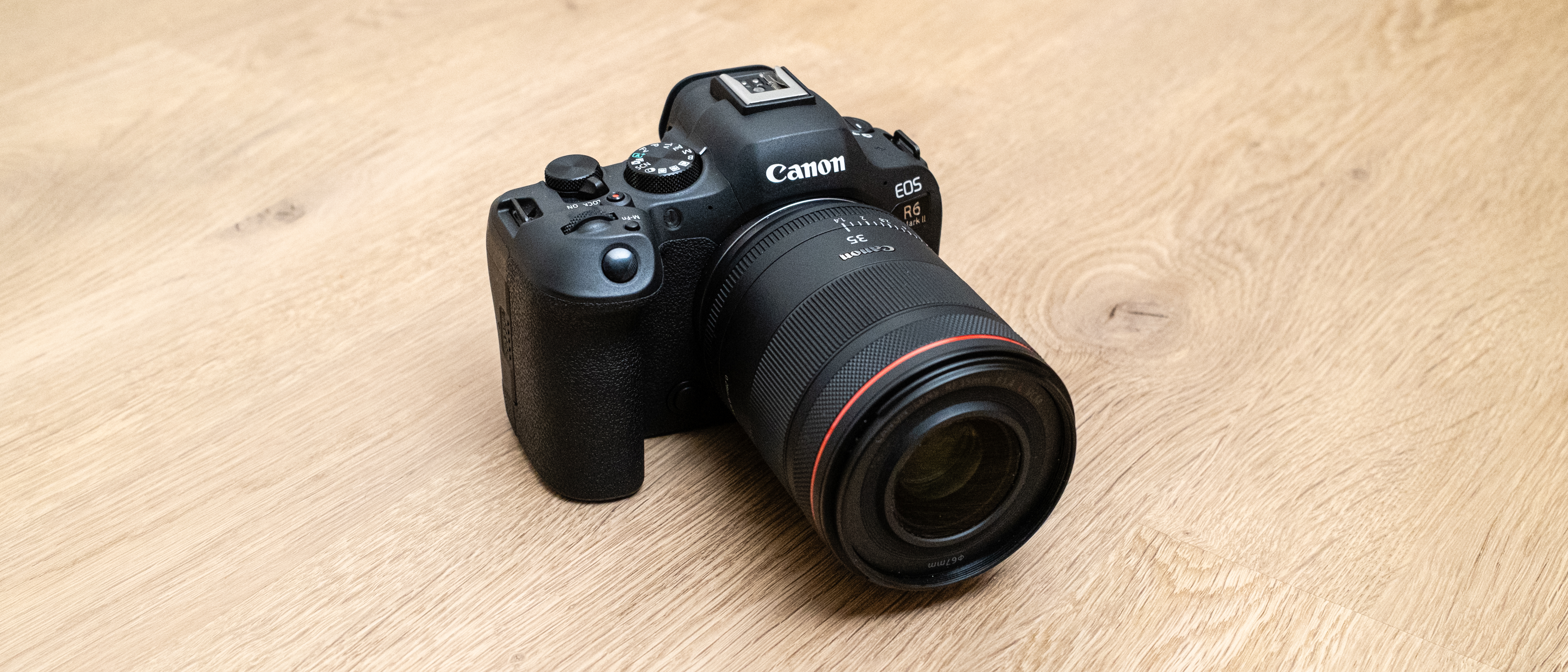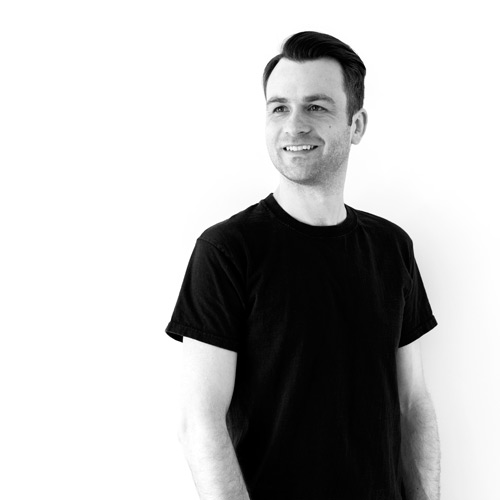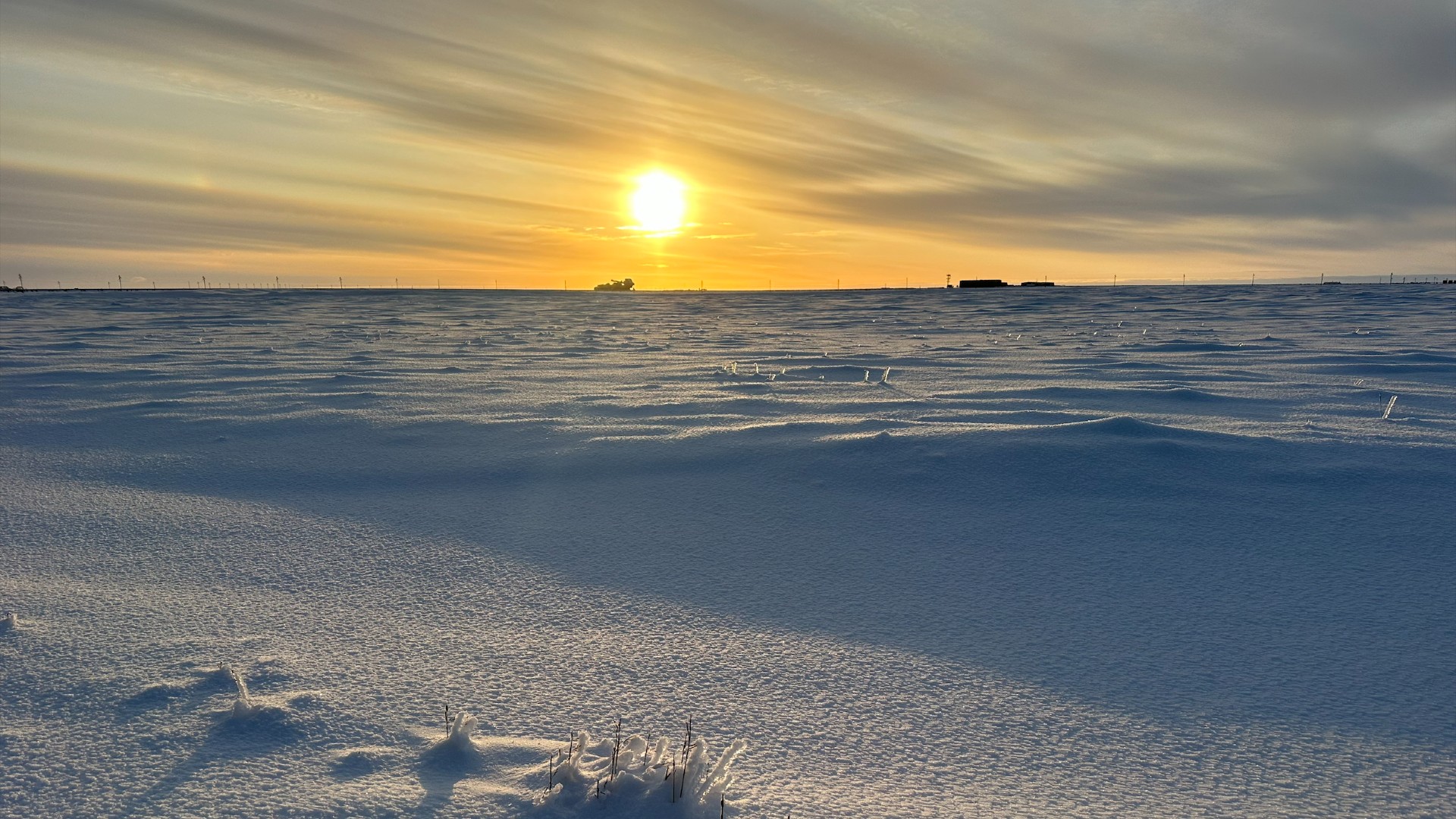Space Verdict
The Canon EOS R6 Mark II is one of the best Canon cameras available for low light and astrophotography, thanks to its low-light features and excellent high ISO handling.
Pros
- +
Versatile features
- +
Excellent build quality
- +
Excellent Image Stabilization
Cons
- -
Only 24.2MP resolution
- -
6K video external only
- -
No CF-Express card slot
Why you can trust Space.com
Canon EOS R6 Mark II review
Type: Mirrorless
Sensor: 24.2MP full-frame CMOS sensor
Lens mount: RF/RF-S
ISO range: 100-102,400
Viewfinder resolution: 3.69m dot OLED
Video capability: 4K up to 60 FPS, 4K/FHD Timelapse up to 30 FPS, FHD up to 180 FPS
Weight: 1.48 lbs / 670 g with card and battery
Size: 5.44×3.87×3.48 in / 138.4×98.4×88.4 mm
Memory card type: 2x SD/SDHC/SDXC (UHS-II)
Feeling pretty much like a more enthusiast-friendly version of the Canon EOS R5 Mark II, the Canon EOS R6 Mark II offers similar hybrid photo and video capabilities alongside being suitable for capturing all photographic subjects. Of course, it offers reduced features and functionality, but it is a much more affordable enthusiast camera with clear potential to be used professionally.
At $1999 / £1999, and considering the features on offer, this 24.2MP camera is undoubtedly one of the best cameras for astrophotography. Not least because of its incredible ISO handling that is perfect for capturing the night sky. There's also 4K video capture in-camera, up to 6K video capture available with an external recorder, excellent autofocus and up to 8 stops of In-Body Image Stabilization to name but a few features.
This is a fairly compact and lightweight full-frame camera with a dust and moisture-sealed body that also offers dual SD card slots. These features are just the tip of the iceberg, but it's already clear that this camera has a huge amount of potential for capturing a wide range of photographic subjects.
Canon EOS R6 Mark II: Design

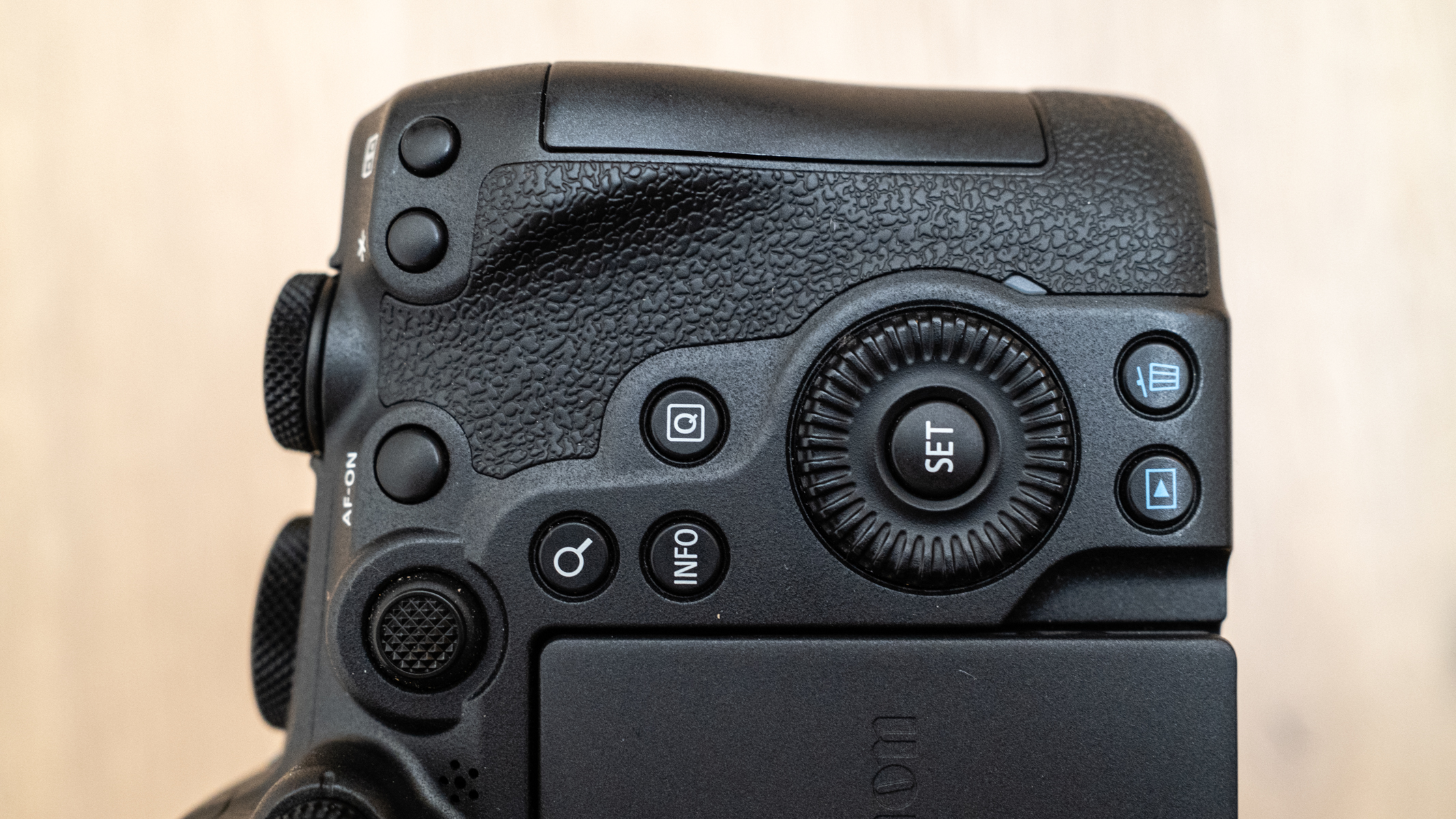
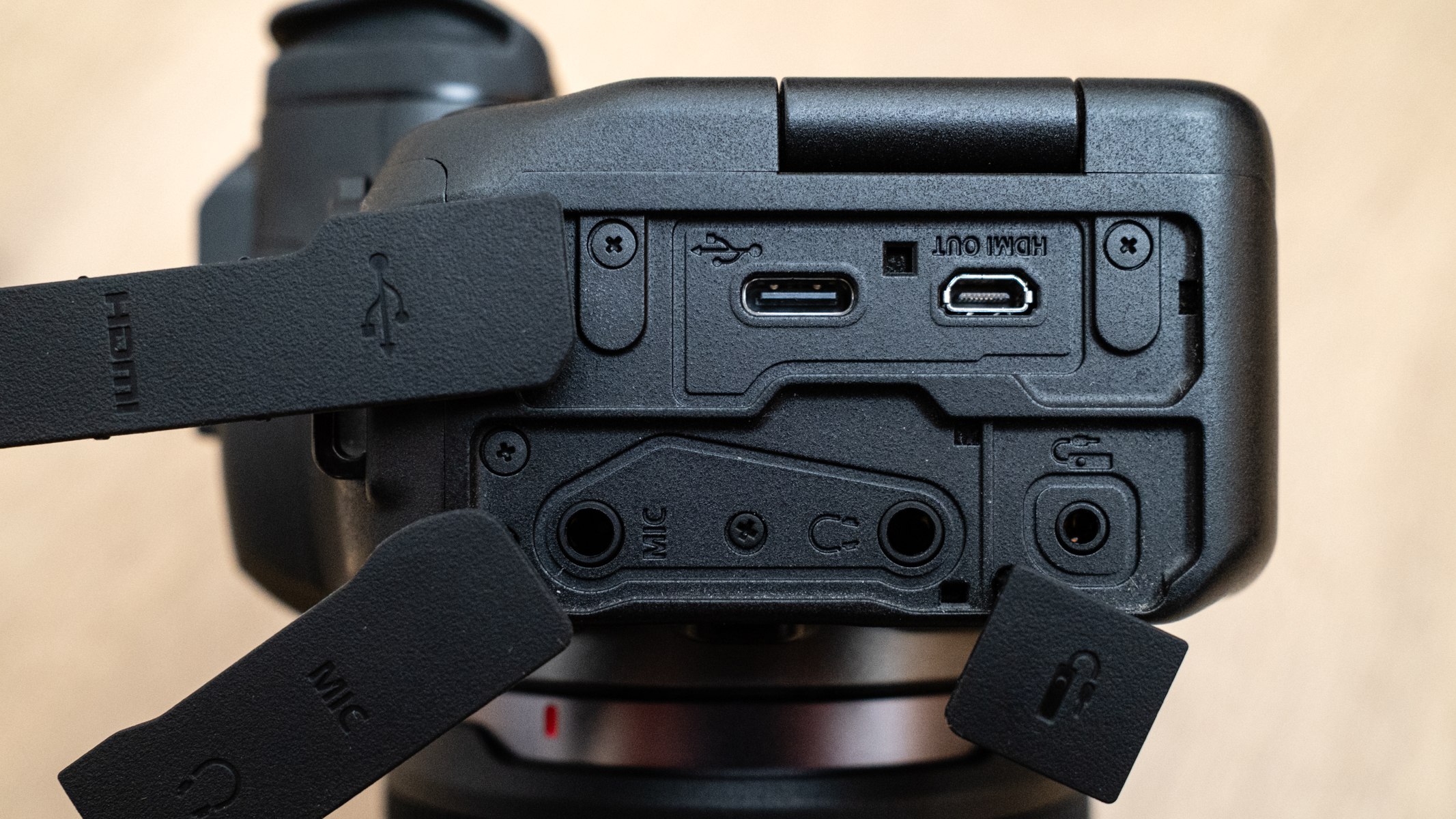
- Articulating LCD screen
- Fairly lightweight
- Solid build
The R6 Mark II is a lightweight full-frame camera at just 1.48 lbs / 670 g with card and battery, with dimensions of 5.44×3.87×3.48 in / 138.4×98.4×88.4 mm. It's certainly not significantly lighter than other Canon full-frame cameras, but for outdoor photographers, including astrophotographers, who often need to walk to locations, shaving off a few ounces here and there can make a difference.
The camera feels good in the hand with a comfortable grip and lots of direct access controls for fast access to commonly used settings. One of these is a photo/video switch, which takes you seamlessly from one mode to the other, with the camera user interface switching between being optimised for shooting whichever is selected.
One design feature that would be useful for astrophotography is illuminated buttons, but this is a feature typically only seen on flagship professional models. The direct access controls are large and clear, however, but in the dark, a headtorch set to red light is essential to be able to see the controls without throwing light into the scene you're shooting.
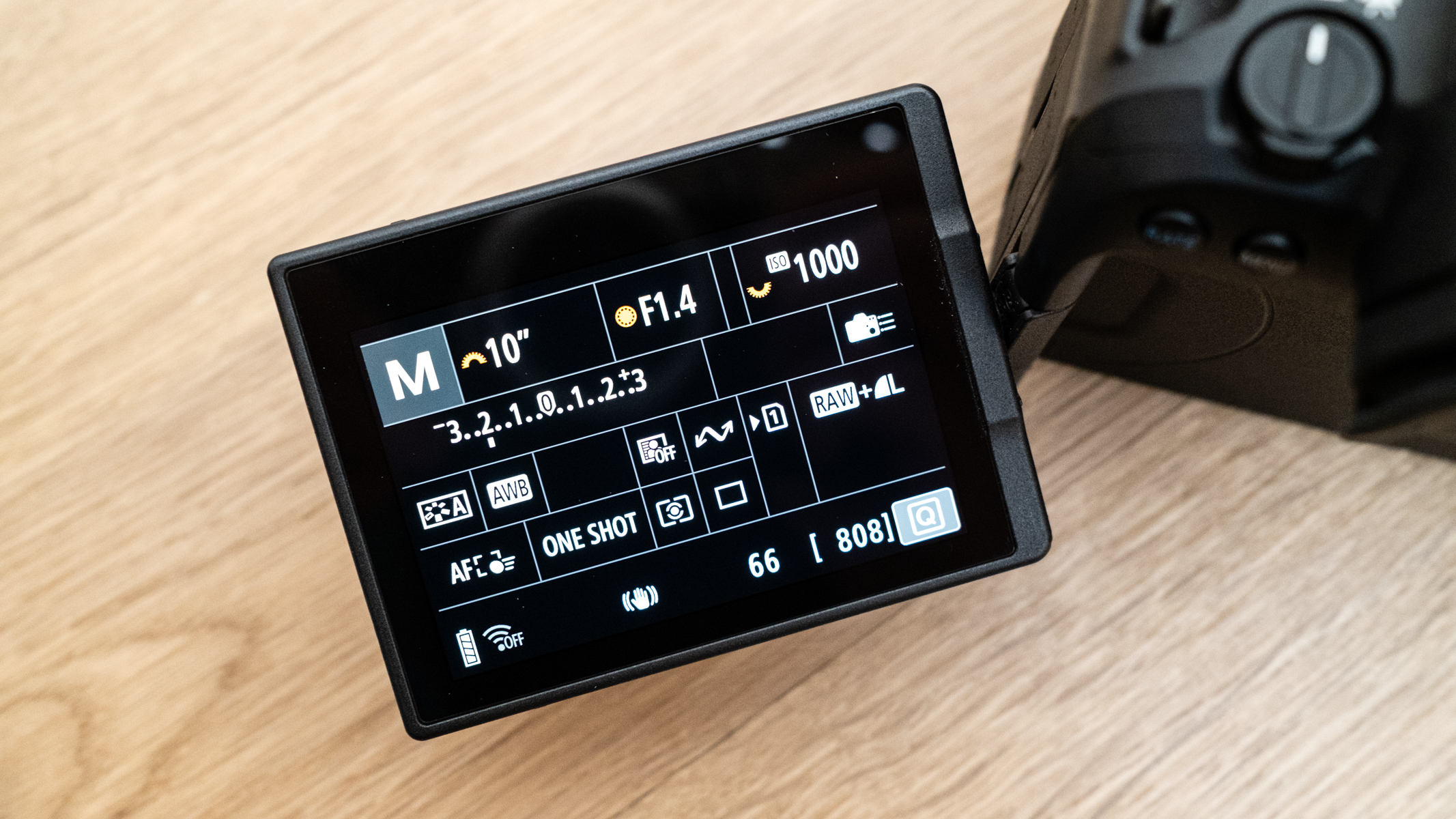
The chassis is made of Magnesium Alloy, while the outer panels are polycarbonate resin with glass fiber. Build quality overall is excellent and offers dust and moisture resistance, which is fantastic for outdoor photographers shooting in the elements. Many settings are also accessed via the menu, but it's intuitive to navigate and offers many features and customisation options.
Breaking space news, the latest updates on rocket launches, skywatching events and more!
The OLED electronic viewfinder is clear and sharp with its 3.69m-dot resolution and 100% coverage. Plus, the refresh rate can be set at up to 120 FPS. On the back of the camera, you'll also find the 3.0 in Clear View LCD II with 1.62m dots and touchscreen functionality.
It's not as high-resolution as more advanced Canon cameras, but it still produces a clear image when navigating menus, viewing images and using Live View. This is also an articulating screen, so it can be turned to hide and protect the screen or positioned to the side of the camera at a variety of angles.
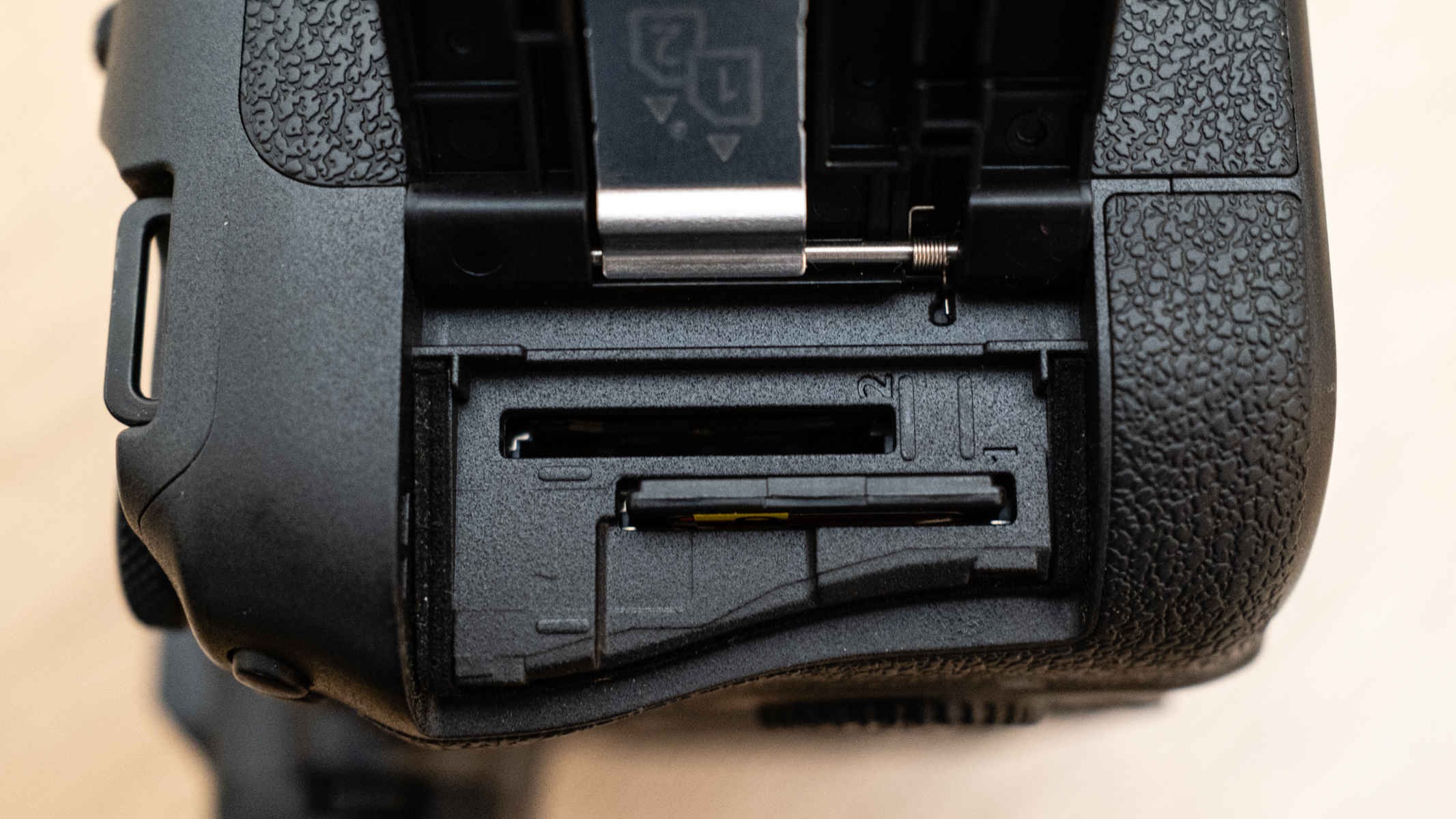
The LCD screen and the viewfinder and ideal for focusing on stars, depending on your preference. Since electronic viewfinders are higher resolution than LCD screens, using the EVF for focusing provides the clearest and most reliable way to manual focus.
Ports/connections on the camera include USB Type-C, Wi-Fi, Wireless LAN, Bluetooth 5.0, micro HDMI out, External Microphone In (Stereo mini jack), Headphone socket (Stereo mini jack), E3-type terminal (remote control terminal) and a Multi-Function hotshoe. There are also 2x SD/SDHC/SDXC (UHS-II) card slots that can be configured in several ways for recording photos and videos. It's a shame one slot isn't CF-Express, but it's not an issue because it's not the speediest camera.
Canon EOS R6 Mark II: Functionality
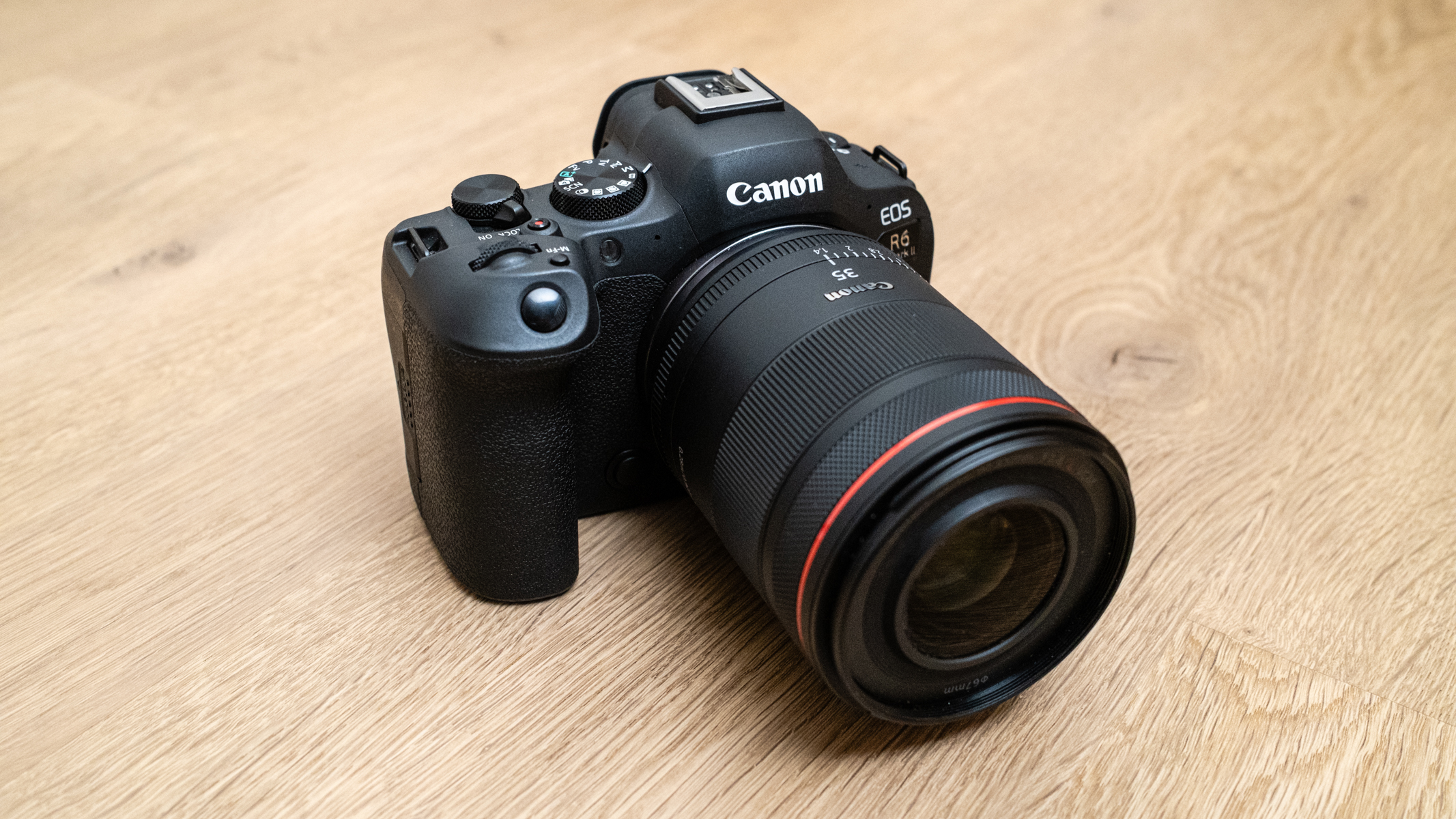
- Great autofocus
- Impressive battery life
- Useful features
The R6 Mark II sports a 24.2MP dual-pixel sensor backed up with the DIGIC X processor. This is alongside up to 8 stops of In-Body Image Stabilization, which is great for shooting handheld in low light conditions or with long telephoto lenses. It's also claimed that the autofocus remains effective at up to -6.5 EV, which is impressive, although not tested in an astrophotography context where manual focus is essential.
Autofocus is also fast and accurate in use and includes subject detection of humans, animals (Dogs, Cats, Birds and horses) or vehicles (cars or motorbikes, aircraft and trains). When these are combined with Servo AF (tracking AF), the ability to capture moving subjects effectively is greatly improved. There are also 4897 user-selectable AF points for photos and 4067 for video.
The camera can shoot at up to 12 FPS in full-resolution Raw using the mechanical shutter, and up to 40 FPS with the electronic shutter. Plus, with Raw burst mode, you can shoot at 30 FPS with up to 15 frames buffered with the shutter halfway depressed. These are captured at the point when the shutter button is fully depressed, making it easier to capture tricky fleeting moments. There's also a five-second pre-record feature for video capture.
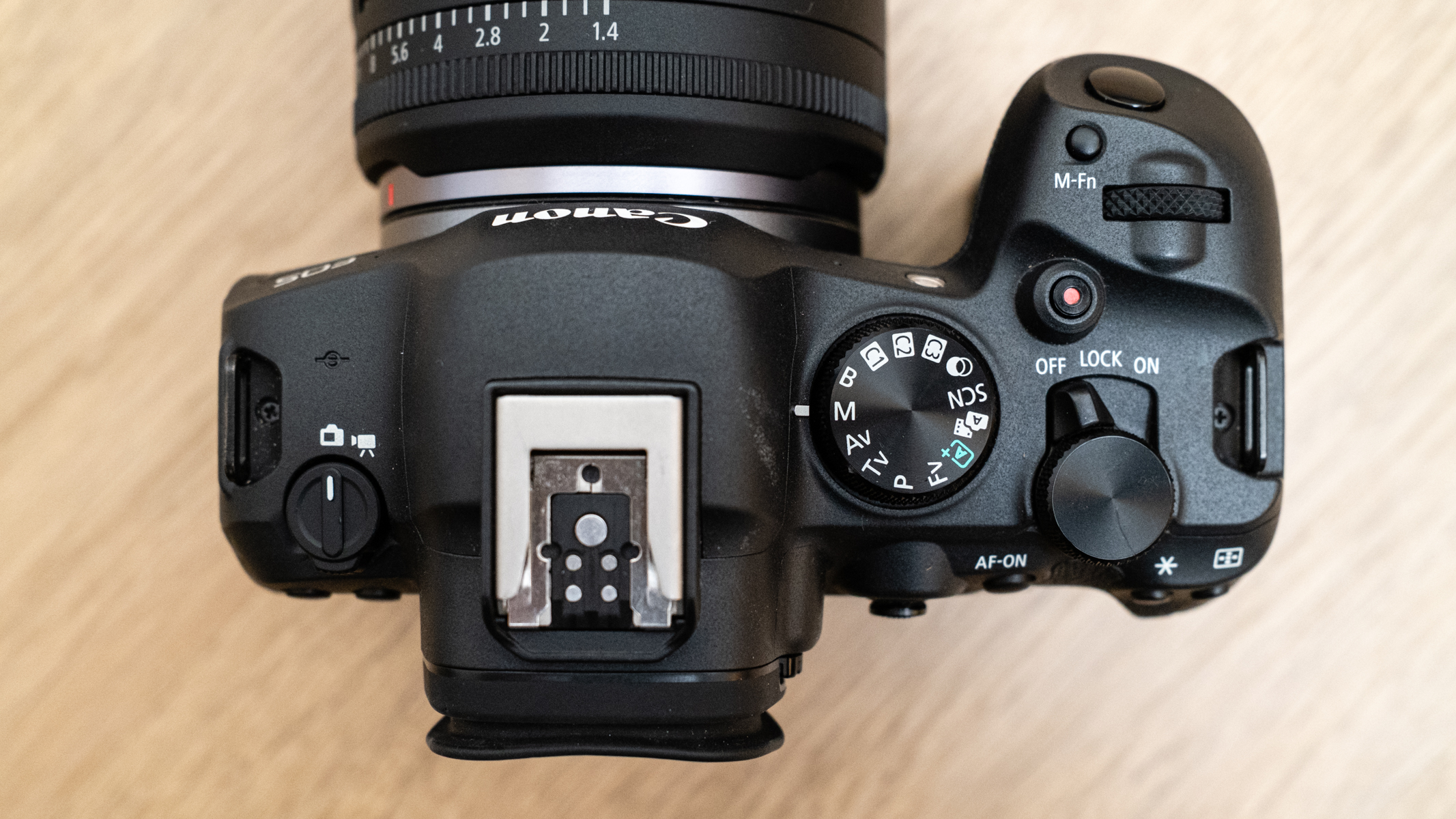
For video capture, you can record for over 30 minutes, which is a standard cut-off time with many cameras. Then there's FHD slow motion 180 FPS capture available alongside aspect ratio markers to make capturing video to export in a variety of formats incredibly easy.
Also, with the Detect only AF option enabled, if a subject moves out of the frame, the camera won't automatically focus on the background when using autofocus for shooting videos. Astrophotography doesn't rely on AF at all, but there is a guide frame that can be positioned over a bright star and will turn green when in focus. This is useful, but zooming in to be 100% sure remains essential.
The new LP-E6NH battery offers a 50% improvement on the EOS R6, with the ability to provide up to 760 shots per charge. You can use the USB-C port to connect a smartphone or tablet to use as an external monitor, which could be useful for focusing on stars. The camera can also be used as a high-quality webcam.
Battery life is excellent overall, but with around 760 shots per charge, you're going to either need more batteries for a full night of shooting the night sky, or a USB powerbank. You can power the R6 Mark II via USB-C while shooting, which is extremely useful for time-lapse capture and when capturing multiple shots with a star tracker.
Canon EOS R6 Mark II: Performance
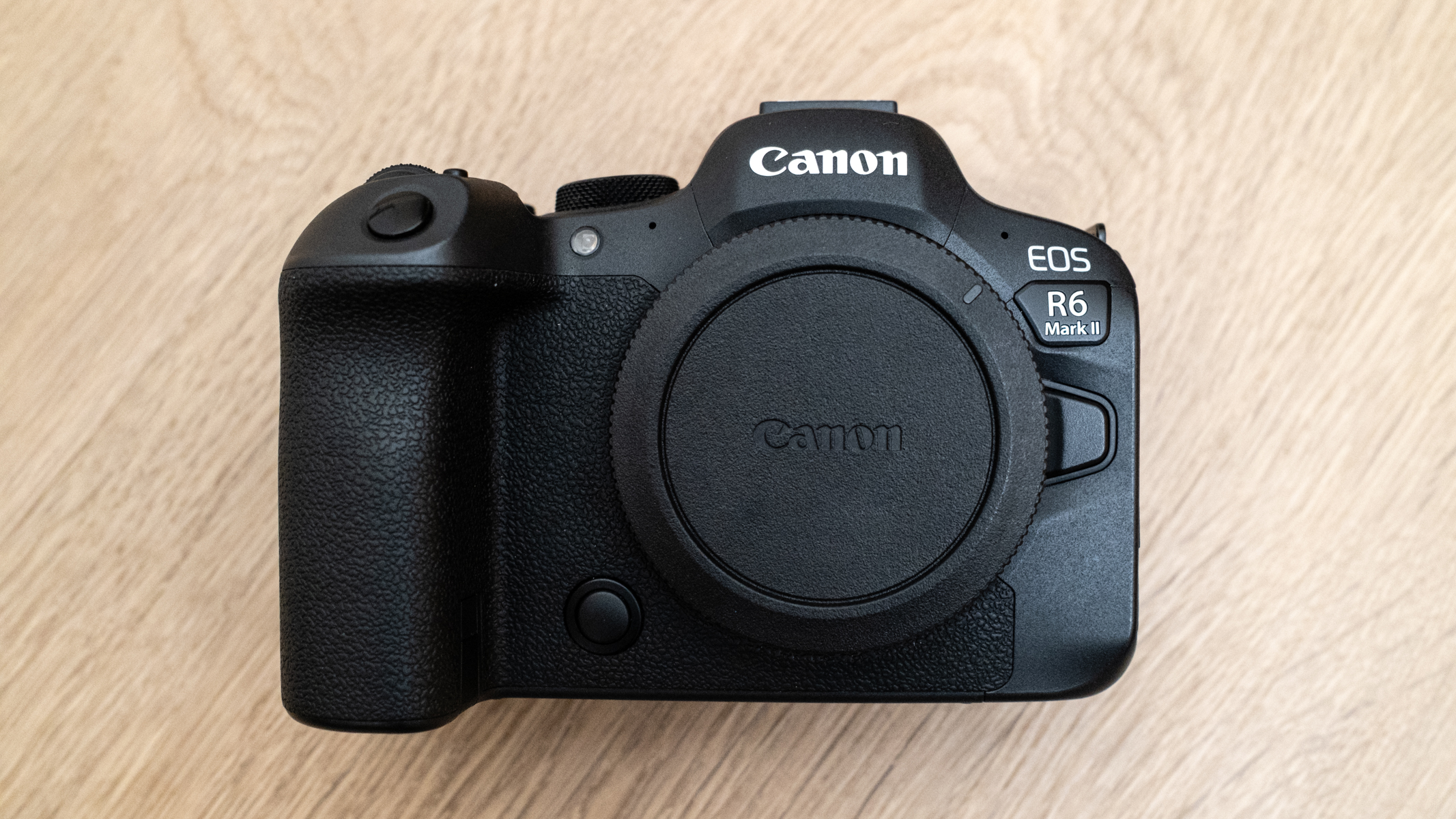
- 24.2MP sensor
- Great image quality
- Excellent high ISO handling
Image quality from the R6 Mark II is excellent and just like other Canon cameras, the JPEGs produced are great straight out of the camera, while Auto white balance is reliable enough to use in most situations when capturing JPEGs. Of course, for astrophotography, photographers will want to take advantage of capturing Raw files for increased flexibility during editing.
The R6 Mark II features a 24.2 MP CMOS sensor, which may sound relatively low-resolution these days, but the advantage of this is larger pixels and typically better high ISO noise handling than higher resolution sensors. Plus, if you use Adobe Camera Raw or Lightroom, you can use the Super Resolution feature to double the dimensions of your Raw files, which are saved as a new DNG file.
Moving back to ISO, ISO can be set in 1/3 or one-stop increments, and the standard ISO range of the camera is 100-102,400, with an Auto setting available that covers this native range. There's also an expanded range that includes L:50 and H1:204801. Expanded ranges never produce the dynamic range of the standard/native range, plus the H1 setting is arguably unusable.
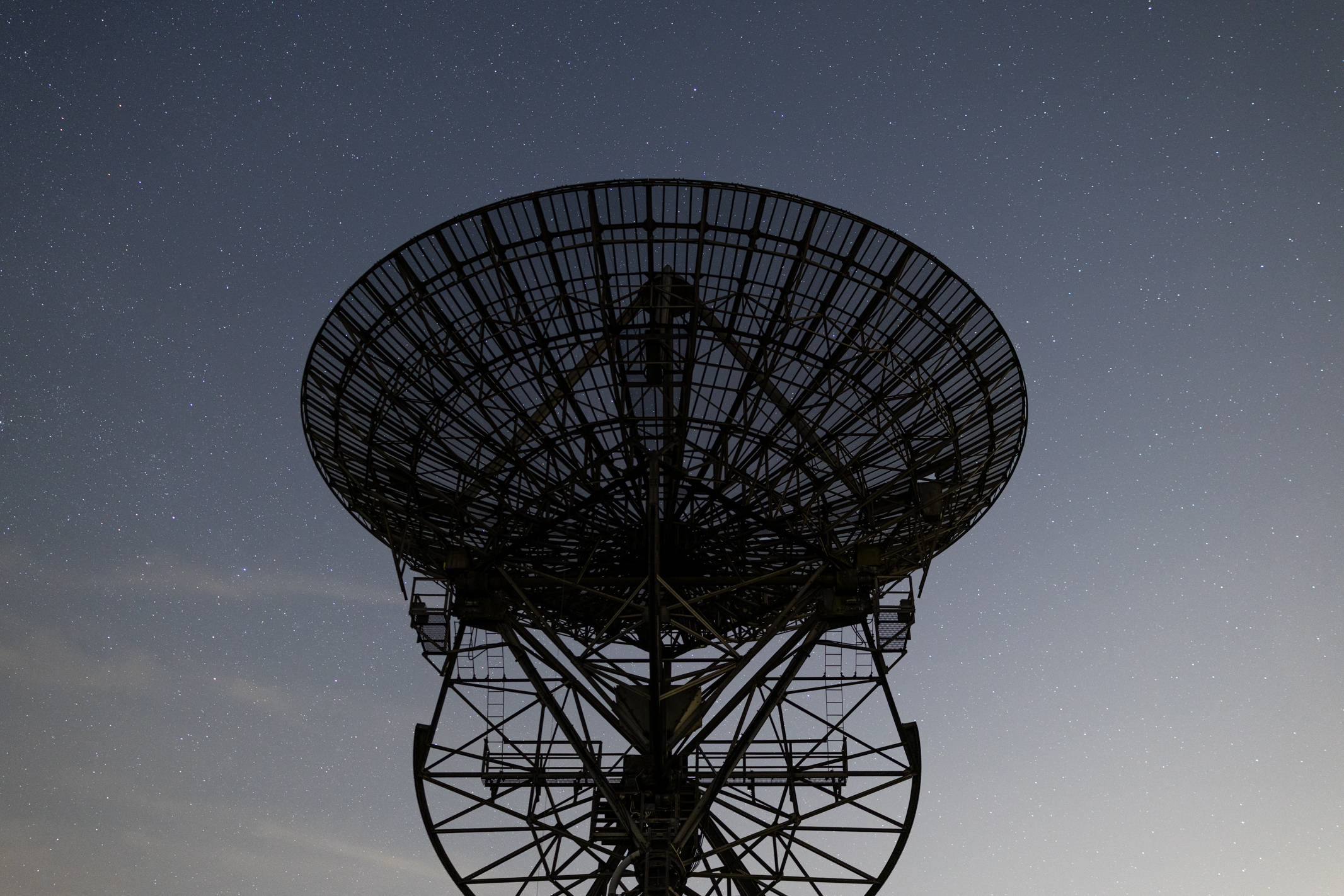
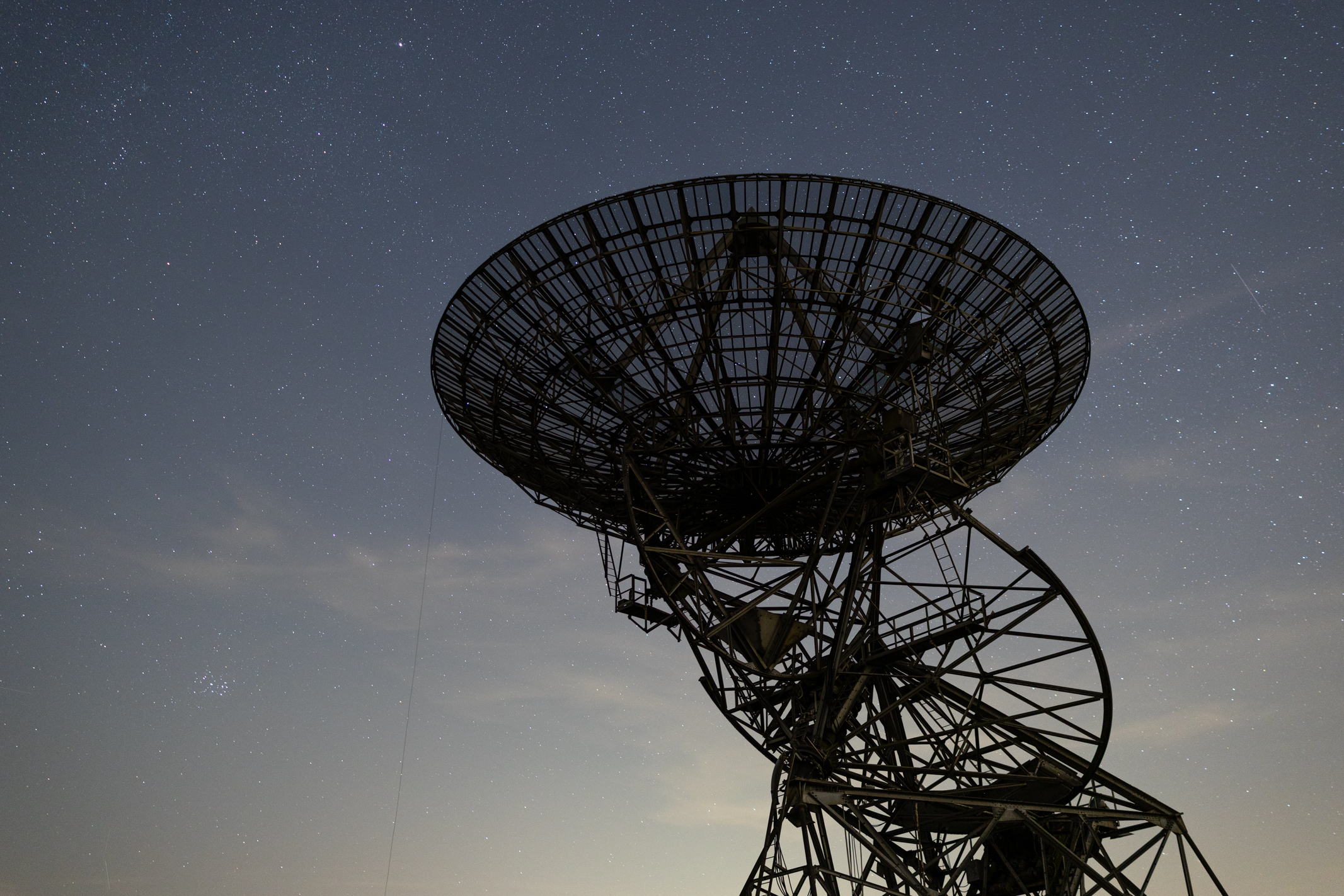
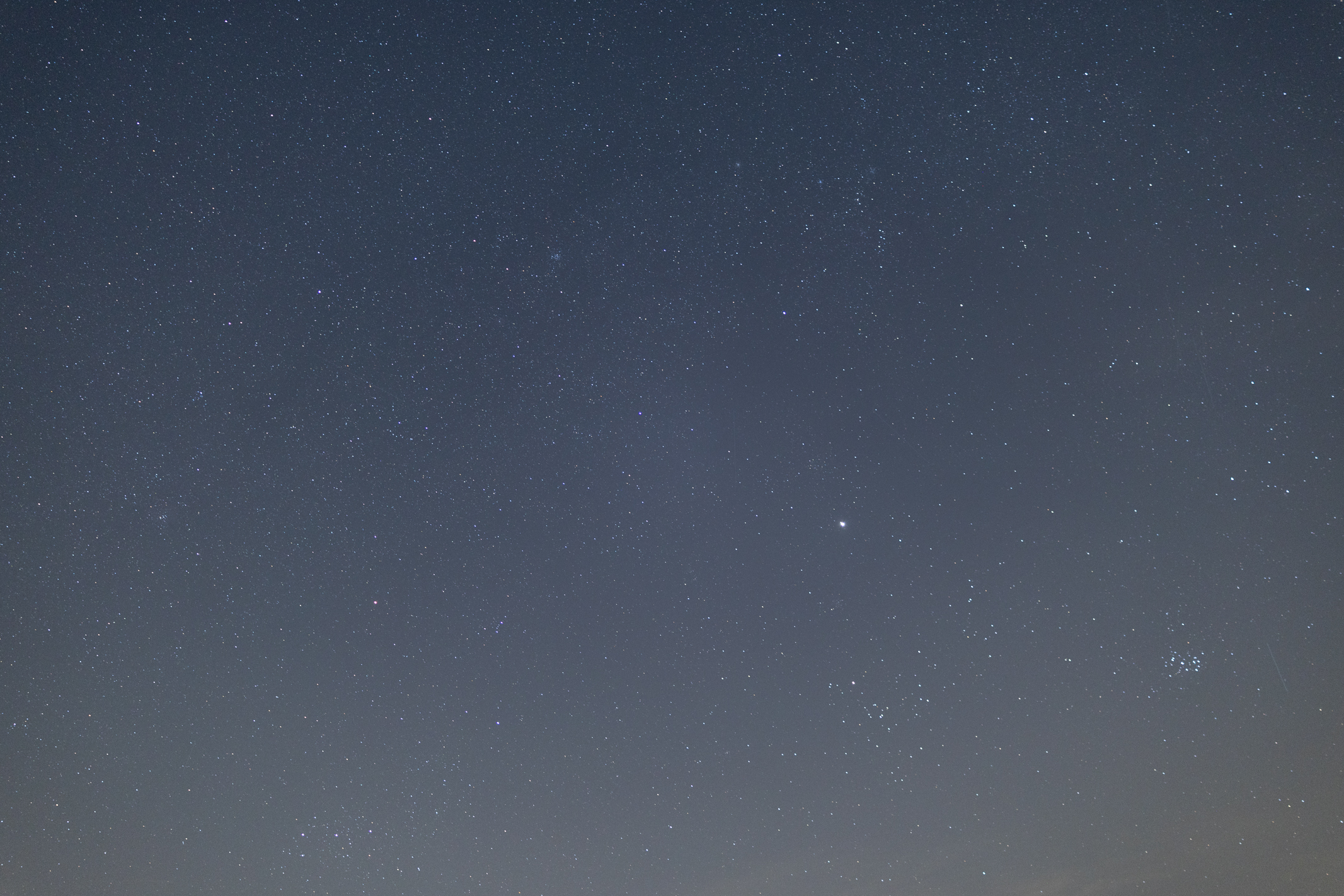
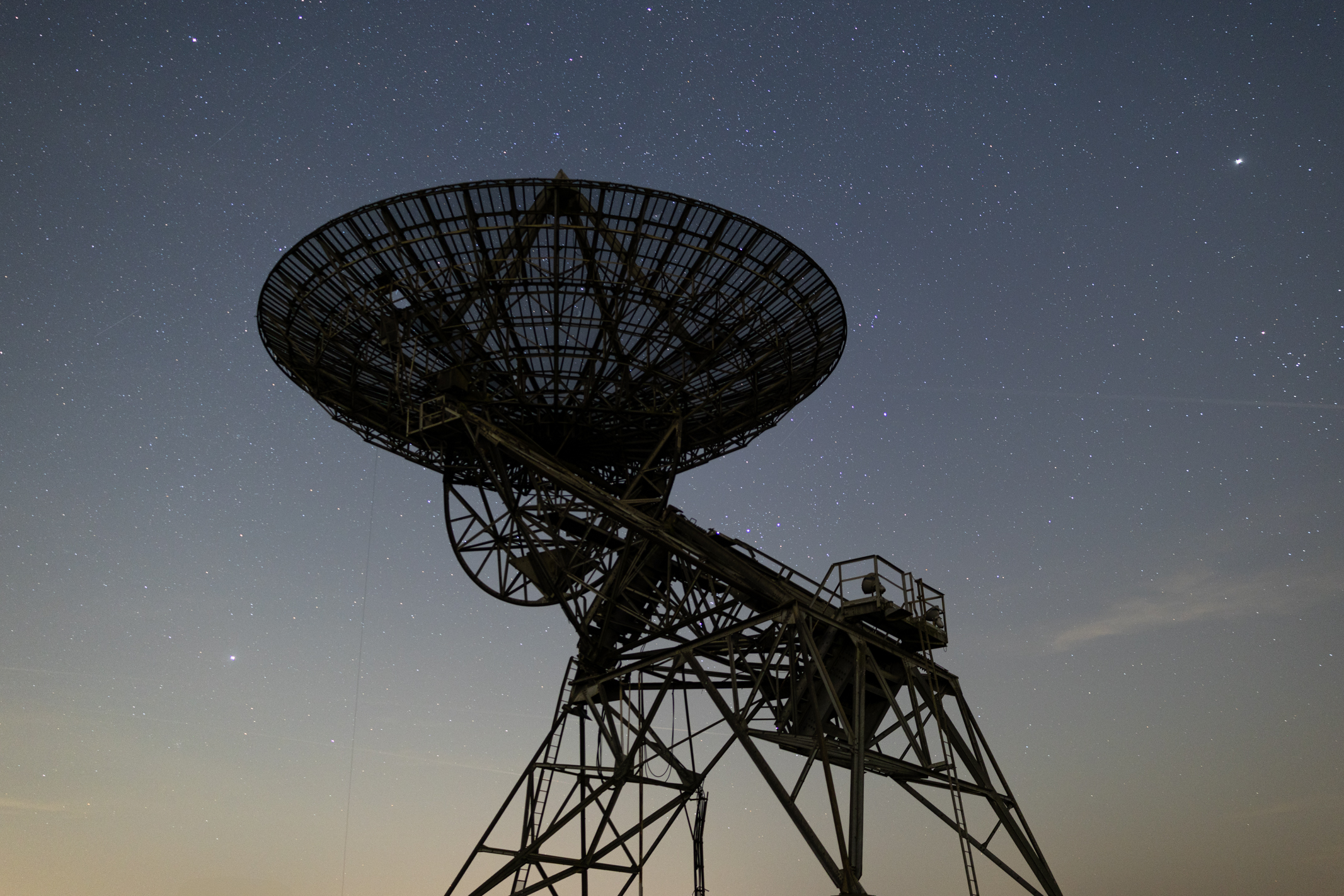
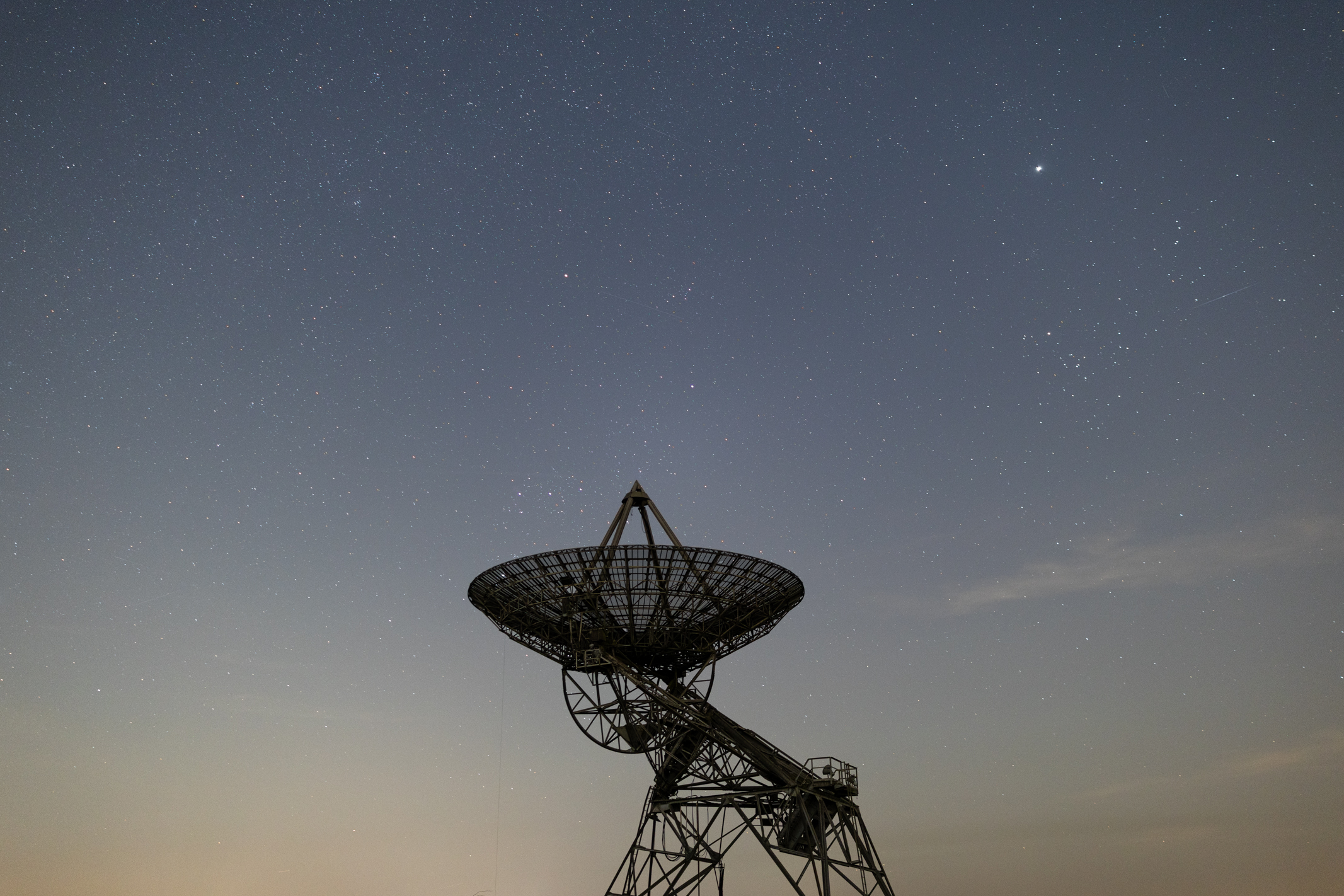
High ISO handling is excellent, so you do not need to worry too much when shooting astrophotography. Although let's not forget that blue is the noisiest color channel, so skies will often be grainier than ground elements in the scene.
Noise handling up to ISO 3200 is extremely clean with impressive results up to 25,600, where color saturation reduces. ISO 51,200 remains usable if you need to go that high for any reason, although ISO 102,400 is going to be far too noisy for most photographers.
Up to ISO 1600, which is often the highest setting photographers will use for capturing stars, results are extremely clean. Blue is the noisiest of the RGB channels, so you will still see luminance noise (grain) in the sky, even when it's pitch dark and appears black rather than blue.
The R6 Mark II has some useful video credentials with the ability to capture 4K up to 60 FPS, 4K/FHD Timelapse up to 30 FPS and FHD up to 180 FPS (slow motion) in-camera. You can capture in standard color profiles and also in the Canon C-Log 3 flat color profile for a greater dynamic range and where footage needs to be color graded for more professional results.
4K video is oversampled 6K which uses the entire width of the sensor. 6K ProRes Raw video capture is possible, but not in-camera. For this, you'll need an Atomos V+ external recorder connected via HDMI.
Canon EOS R6 Mark II: Price
Body only, the EOS R6 Mark II costs $1999 / £1999, which is significantly less expensive than the higher-resolution and more advanced Canon EOS R5 Mark II. This makes it an attractive option if you're on a tight budget or simply don’t need the features the R5 MKII has to offer.
You can also buy the EOS R6 Mark II in a kit with the Canon RF 24-105mm f/4L USM lens for $3099 / £3219. This is a great all-rounder lens that can be used for capturing a wide variety of subjects, but it's certainly far from the best option available for astrophotography.
Canon EOS R6 Mark II: User reviews
Canon EOS R6 Mark II users are typically impressed with the overall performance of the camera for capturing a wide range of subjects. Users report that the camera is easy to set up, with the term 'powerhouse' standing out in one review.
Owners enjoy the excellent image quality produced by the camera and have found it a fantastic upgrade from DSLRs and older Canon R series cameras. The availability of a wide range of lenses is also greatly enjoyed and appreciated.
How we tested the Canon EOS R6 Mark II
The Canon EOS R6 Mark II was tested over a week, shooting in both daylight and at night to test its full range of capabilitie,s including ISO handling. The camera was paired with a 35mm f/1.4 lens to capture the night sky using a camera and lens combination that's typically used for this type of photography.
Should you buy the Canon EOS R6 Mark II?
✅ You're on a budget: The Canon EOS R6 Mark II is attractively priced and offers great performance.
✅ You want excellent ISO handling: Astrophotography relies on great high ISO handling, and this camera certainly won't disappoint.
❌If you'd prefer higher resolution: At 24.2MP this camera is more than adequate in terms of resolution, but the Canon EOS R5 Mark II offers a higher resolution.
❌You're on a tight budget: There are even more affordable Canon R series cameras available.
The Canon EOS R6 Mark II is a fantastic camera for low light and astrophotography, thanks to excellent high ISO handling, low light autofocus capabilities, as well as impressive Image Stabilization. It's also competitively priced, leaving more of your budget available for buying suitable prime lenses.
This is a feature-packed camera that comes in at an attractive price, so even if you don’t need everything it has to offer, you're not buying the most expensive Canon camera available. This is undoubtedly one of the best Canon cameras available for astrophotography.
If this camera isn't for you
The Canon EOS R5 Mark II is a much more advanced professional camera with a generous 45MP sensor, plus fantastic features and handling for capturing all subjects, including the night sky.
The Canon EOS R8 is an older and lower-spec full-frame camera than the R6 MKII, but it offers the same resolution and is also less expensive, making it an option for those on a tight budget.
The Panasonic Lumix S5IIx is similar to the R6 Mark II in some ways, although the ISO handling isn’t as good at higher settings, but it is great for astrophotography if you prefer this manufacturer.
James is an award-winning freelance landscape and portrait photographer, as well as a highly experienced photography journalist working with some of the best photography magazines and websites with a worldwide audience. He’s also the author of The Digital Darkroom: The Definitive Guide to Photo Editing. www.jamesaphoto.co.uk
You must confirm your public display name before commenting
Please logout and then login again, you will then be prompted to enter your display name.
